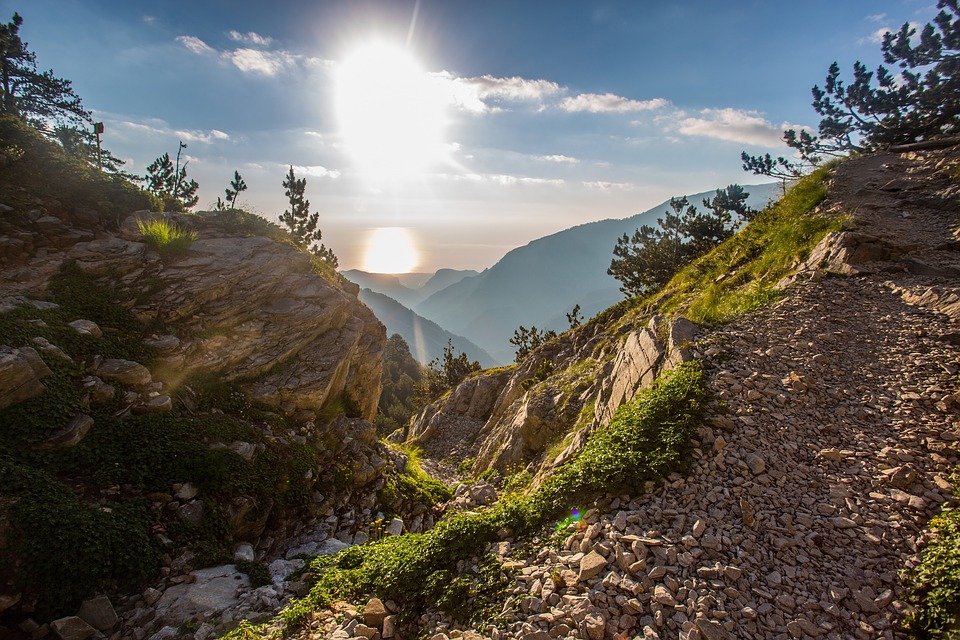Name: Olympus National Park
Location: Greece
Date Established: 1938
Size: 92 square miles (238 square kilometers)
Did You Know?
• Myth-Laden Mountain Greece’s highest mountain, Olympus is also the legendary abode of the gods. The favor of the deities gave the mountain an honored place in Classical Greek culture and that mythical status has been passed down through the centuries, across Western civilization.
• Pantheon The mountain's highest peak, Mytikas, tops out at 9,573 feet (2,918 meters). The ancients called Mytikas “Pantheon” and believed it was the meeting place of the deities. The 12 gods were believed to have lived in the alpine ravines, which Homer described as the mountain’s “mysterious folds.”
• Olympian Games The village of Dion, on the mountain’s flanks, was a Macedonian holy city where King Archelaus (r. 414-399 B.C.) held nine days of games to honor Zeus. Today Dion houses a remarkable archaeological site, where work is ongoing, and an archaeological museum in which much of the region’s rich Classical history is on display. In the summer the Olympus Festival includes performances at the ancient theater.
• Climate Olympus is a Mediterranean mountain; summers are typically warm and dry and winters are wet. High elevations are typically covered in snow for a full seven months (November to May). During any season the climate is apt to change as one climbs—for each 100 meters of ascent the average temperature typically drops by half a degree Celsius.
• Plant Life More than 1,700 plants are found on Mount Olympus—representing 25 percent of all Greek flora. Diversity is high here because of the mountain’s different elevation zones and its proximity to the sea. Deciduous trees and bushes dominate to about 1,640 feet (500 meters), then give way to stands of black pine and fir. Higher on the mountain are cold-tested conifer forests, including the rare Bosnian pine (Pinus heldreichii). Above the tree line, at about 8,202 feet (2,500 meters), forests give way to low vegetation and, in season, wide expanses of wildflowers.
• Animal Life Larger animals prowling the park include wolves, jackals, wild cats, foxes, chamois, and deer. More than a hundred bird species live in Olympus National Park, including rare and threatened woodpeckers and golden eagles. The park is also famed for the colorful array of butterflies found here.
How to Get There
A primary base for Olympus exploration, Litochoro is 258 miles (416 kilometers) from Athens but just 57 miles (92 kilometers) from Thessaloniki. The town is nestled in the mountain’s foothills, just three miles (five kilometers) from the Aegean Sea. It’s linked by train and bus to Athens and Thessaloniki. Other park entrance points are at Dion, Petra, Karya, and Kokkinopilos.
When to Visit
The region of Olympus National Park boasts a history that is second to none, as well as a vibrant modern culture. A year-round calendar features cultural, religious, and athletic events.
How to Visit
Hiking and climbing are very popular on the mountain and there are routes for all levels of ability and enthusiasm. There are nine refuges for overnight stays; each one sleeps dozens of people and many have kitchens or even restaurants. Some refuges are seasonal so plan any visits accordingly.
 Our Weather
Our Weather







